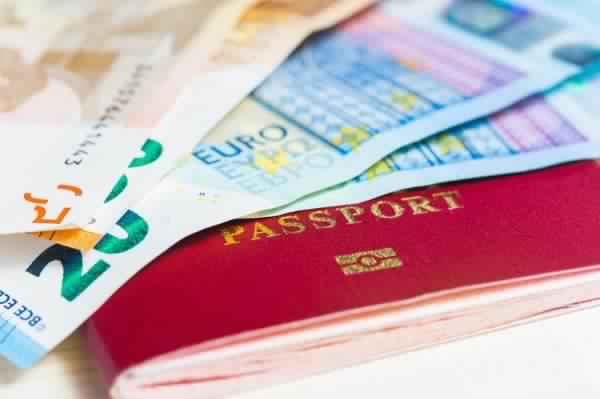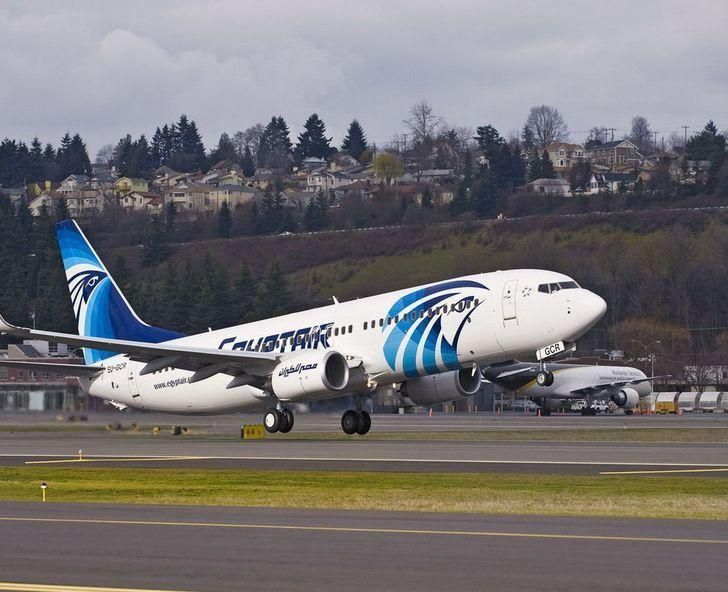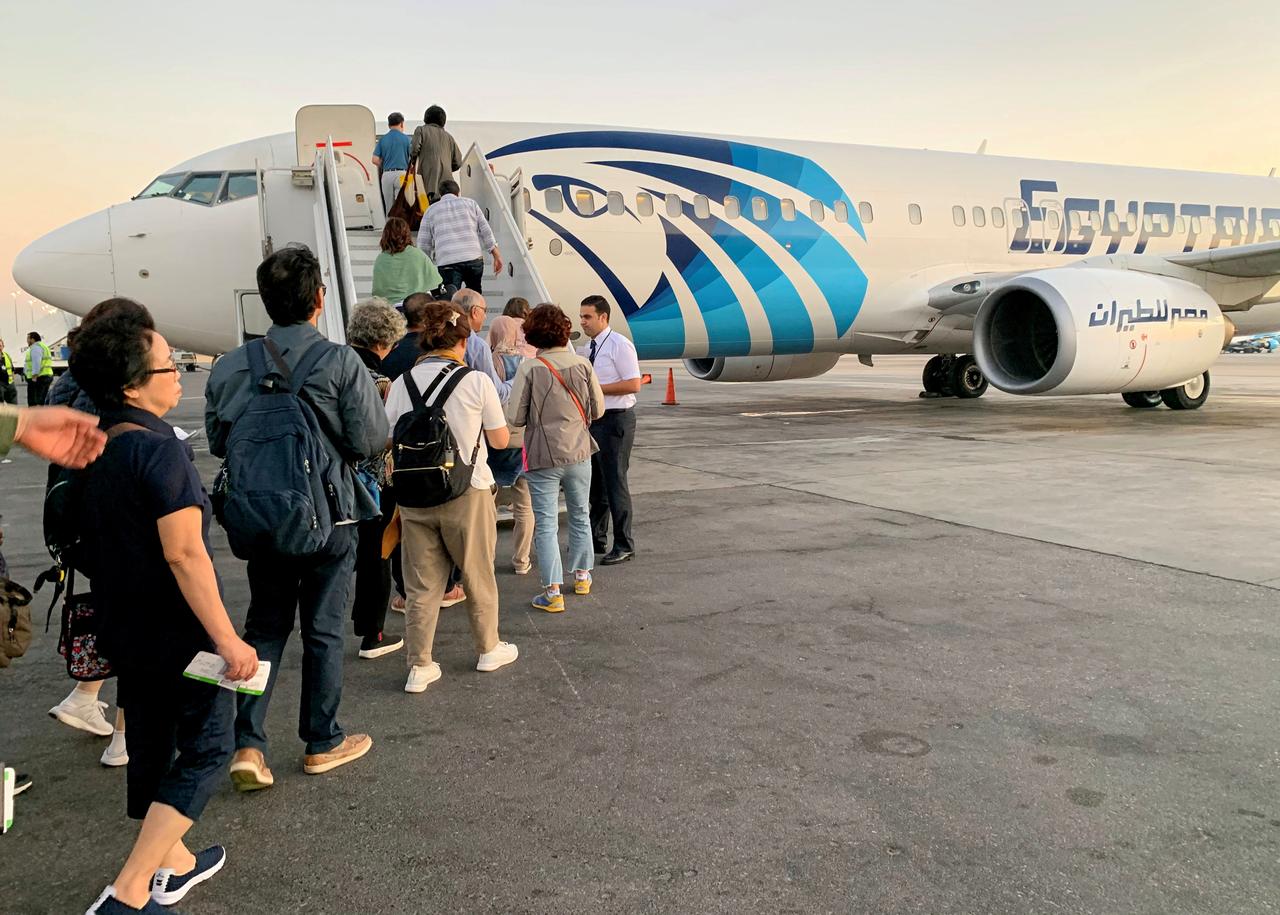In Ghost Train to the Eastern Star the great American travel writer Paul Theroux wrote, “You think of travellers as bold, but our guilty secret is that travel is one of the laziest ways on earth of passing the time.” This controversial quote lingered in my mind as I confronted exasperated looks and inquisitions from friends and family alike as I explained the journey I would be taking across Russia on the Trans-Siberian Railroad the following week.
Among the rare expressions of excitement and jealousy expressed by fellow travelers, I was barraged by the all too frequent interrogative, “Why?” As I responded with the usual platitudes about exploration and new adventures, I thought to myself that my true motivation was, “Why not?” Theroux’s quote inspired me and I looked forward to seven days of tranquility and relaxation aboard a train slowly moving its way across 9,258 km of Siberian wilderness and through seven time zones spanning Eastern Europe, Central Asia and East Asia, seven days with a small bag filled with not much more than a set of warm clothes, a half dozen books and a journal. In fact, I really could not think of anywhere else in the world that I would rather be.
The third Rome
As I stepped into central Moscow however, I began to doubt whether this country was the best choice for a relaxing holiday. The seventh largest city in the world, Moscow is a spectacularly beautiful and busy city populated with over 10.5 million people. Previously familiar with the city only through Cold War spy novels and historical propaganda, it was difficult not to stare as I observed chic locals sipping their lattes from Starbucks as they strolled past statues of Lenin and Stalin and the omnipresent hammer and sickle of superpowers past. Arriving in early October, an overcast gray hue and a perpetual drizzle covered the city and reminded me of Seattle in the northwestern United States. Despite the gloom, there was no denying that the city had an intoxicating and vibrant charm.
Having only a short time to see the city, I performed a whirlwind tour of the famous Moscow sites – the Kremlin, Saint Basel’s Cathedral, Lenin Library and a few of the monuments dedicated to those who lost their lives in the great battles of the 19th and 20th centuries. I decided to skip several other sites and head underground, into the warmth and beauty of the Moscow subway. Opened in 1935 the Moscow metro consists of 12 lines and 177 stations that extend to all parts of the Moscow metropolitan area. Many of the stations are decorated with marble, stunning chandeliers and busts of famous Soviet figures bringing together the best (and worst) of socialist realist art. At roughly $0.65 a ride, I toured several stops and was most impressed by the architecture and art in the Mayakovskaya, Komsomolskaya-Koltsevaya, Kropotkinskaya, and Ploschad Revolutsii stations.
After hours underground, I decided to splurge on a nice dinner before heading off into the cold Siberian landscape.
On a recommendation from a woman I met at a local cafe, I visited Sky Lounge, a hip restaurant on the 22nd floor of the Russian Academy of Sciences building (Leninsky Pr. 32a) with one of the best views in Moscow. The owner, Alek, so surprised to meet an American in his restaurant, joined me at my table and provided me with a run-down of the Russian club scene, according to him, one of the best in the world. He also provided me with free drinks, so I forgot the details of the hottest new clubs soon after I heard them. An oyster appetizer, an entrée of succulent braised duck in a pear fricassee and a Kronenbourg beer would have set me back roughly $60. However, my new friend was so pleased to have an American visit his restaurant that he covered the bill. Somehow, I doubted I would be eating so luxuriously on the seven-day train ride commencing that evening.
Moscow alone has nine railroad terminals, so I arrived a few hours earlier than necessary at the Yaroslavski train station before the departure of the Rossiya, train 2. The train leaves Moscow every two days at 9:22pm on the dot headed eastbound across Siberia to Vladivistok on the Pacific Ocean. I’d booked a second-class one-way ticket (referred to as kupe) in a four-bed compartment earlier in the day for approximately $400. Before arriving at the train station, I stocked up on bread, juice, dried meats and Nescafe to bring along for the ride. Taking a last look at civilization for the next seven days, I climbed the steps of the train and set off on the third-longest train ride in the world. This epic journey begins in Moscow and passes through ten of Russia’s major cities on the way to the Pacific coast. Several travelers prefer to break up the journey with short stops in Omsk, Perm and Irkutsk, a short journey from the world’s deepest lake, Lake Baikal. However, for the sake of time and to fully absorb the isolation and experience of Trans-Siberian travel, I opted for the full seven days aboard the Rossiya.
Heading east
As the lights of Moscow faded into the distance and the cool Siberian air penetrated the car through the open smoker’s window at the end of the compartment, I took in the surroundings of the train and realized I had finally found my peace and serenity. Despite hundreds and possibly thousands of passengers, the train is oddly quiet and downright comfortable. While the weather outside is biting and cold, the train is well-heated and spacious, with ample room to walk around, converse with fellow passengers and use the hot water provided at the end of the car for Nescafe, tea and instant soups. As the night progresses, passengers pull out their meals, usually consisting of bread, sausage and vodka, and generously share with those around them. My car alone contained a mixture of Russians, Germans, Americans, Chinese and Mongolians, all of whom were friendly and willing to at least attempt a conversation in our multitude of languages.
Throughout the seven days aboard the train, I met people from all walks of life of various nationalities, each with a different motivation for riding a train seemingly headed for the middle of nowhere. A Russian mother and daughter were headed to Omsk, near the Kazakhstan border, where they would catch another train north to the city of Vorkuta, just north of the Arctic Circle. This city had its origins in the 1930s as the location of one of the Soviet Union’s most infamous gulags. On a different leg of the journey, I shared a meal with several Mongolian traders, bringing goods from Moscow to Ulan Bator, the capital of Mongolia, and later in the journey another group of Mongolians who worked for a music company trying to sell traditional Mongolian music to the Russian market. Seven days on a train was unexpectedly social and my nights consisted of endless storytelling, learning words in foreign languages and gazing out the window at the passing scenery.
However, to accurately try and describe the scenery I marveled at or many of the things I experienced over the next seven days would be a disservice to the Trans-Siberian Railroad. All sense of time seems to fade away as the Russian train pushes farther and farther into the heart of Asia. Beautiful sunrises and sunsets illuminate the Russian countryside, and the terrain rapidly changes from fields to mountains to aspen forests and back again. Every 24 hours or so the train makes a short stop in a Siberian city, during which there is enough time to quickly disembark and buy warm pastries, soups and beer (all about $2) from little grandmothers stationed just off the tracks. The train also has a dining car where I would usually end the night amongst newly discovered friends trading stories about life in our respective countries and sharing a few beers. The food in the dining car however is over-priced and rather bland.
Being out in the middle of nowhere for seven days is oddly freeing. All the cares of real life seem to fade away when you realize that even if someone wanted to contact you about work, classes or problems at home, they would have no way of doing so. Only after traveling for 150 hours did it hit me that Paul Theroux was right, traveling on the Trans-Siberian Railroad truly is one of the laziest pursuits possible, and frankly, one of the most rewarding. Where else can you let the cares of the world slip away as you sleep, eat, stare out the window, read and speak with people from around the world, all within the confines of a small train cabin?
Nearing the end of my journey, with the lights of Vladivostok on the horizon, I began gathering my things and packing my bag for the inevitable return to civilization and real life. I was tempted to hop off the train and buy a return ticket the same day, but that truly would have been selfish. After everything I saw, tasted, learned and experienced on this cross-continental trip, I returned to the States relaxed and refreshed, but also dreading the impending questioning of friends back home. How could I describe such an uneventful yet wonderful trip? Words and pictures alone would not be adequate to convey the sense of solitude, fulfillment and joy I felt as the train whisked me across Eurasia into a dark Siberian autumn. Is it even possible for me to convey the idea that a 150-hour train ride is beautiful and exciting, not tedious and boring? Certainly, people will ask me the inevitable and dreaded question of frequent travelers, “How was Russia?” As if an entire country, history, culture, people and experience can be summarized in three concise sentences. How can I describe the little old grandmas with toothless smiles selling pastries by the railroad tracks, just hoping to make ends meet for one more week? And what about the fire-red leaves slowly cascading from the aspen trees as the train pushes farther into the “Golden Autumn” of Siberia? Certainly, I can try to explain the emotions I experienced, but will my description even come close to doing justice to this beautiful country? Perhaps I will just have to respond with the terrible cliché that it is one of those places you have to see to believe.
Getting There:
Getting a visa for Russia is an annoying and arduous process. Depending on your nationality, the process usually involves receiving a letter of invitation from a Russian tourist company. Visa invitations can be requested through www.visatorussia.com or http://www.russia-visa.com. After you receive your invitation, you must formally apply to the nearest Russian embassy or consulate to receive your visa. The process takes seven to ten days if presented in person. EgyptAir has direct flights from Cairo to Moscow. Round trip tickets start at $320.
Additional Information:
A second-class sleeper (kupé) on the Trans-Siberian costs approximately $400, although prices are likely to fluctuate. Second-class cabins have four beds, two on each side and include sheets, blankets, a pillow and access to the shower. First-class sleepers (spalny vagon) cost significantly more, approximately $865. First-class cabins contain only two beds and are considerably more comfortable, with larger beds, a television and better service. Overall, the train is safe, with an employee in each car responsible for taking care of the guests and ensuring the safety of the passengers’ belongings. Many travelers bring a lightweight lock to secure their bag to the luggage racks above the beds. Suggested travel items include a small knife for food, an iPod, converters for electronics, books and snacks.
This article is based on a trip the writer has done two years ago. However all the information is updated and confirmed.




